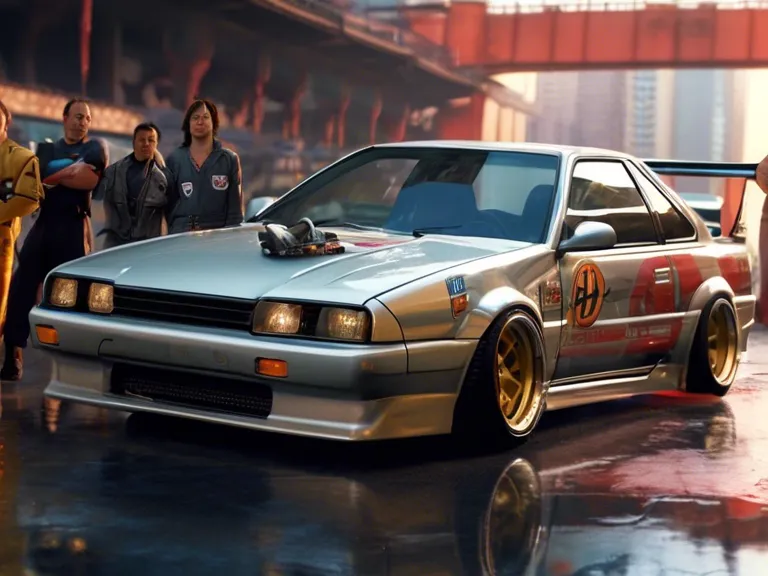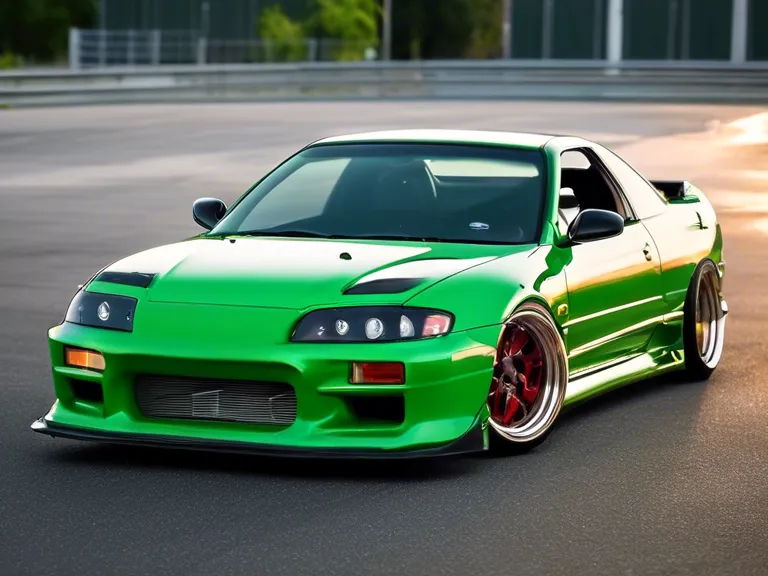
Japanese car design has long been revered for its innovative aesthetics and attention to detail. From iconic models like the Nissan Skyline to the Toyota Supra, Japan has continuously influenced global automotive trends. Let's explore how Japanese car design has shaped the industry and set new standards for car manufacturers worldwide.
One of the key elements of Japanese car design that has had a significant impact on global trends is the focus on simplicity and elegance. Japanese car manufacturers have mastered the art of creating sleek, minimalist designs that prioritize functionality and efficiency. This emphasis on clean lines and uncluttered aesthetics has been emulated by car designers around the world, leading to a shift towards more streamlined and modern vehicles.
Another aspect of Japanese car design that has influenced global trends is the incorporation of cutting-edge technology. Japanese car manufacturers have been at the forefront of innovation, introducing features such as hybrid engines, advanced safety systems, and infotainment options that have set new industry standards. This commitment to technological advancement has pushed other carmakers to follow suit, driving the development of more advanced and sophisticated vehicles.
In addition to aesthetics and technology, Japanese car design also places a strong emphasis on reliability and quality. Japanese cars are known for their durability and longevity, earning a reputation for being some of the most dependable vehicles on the road. This dedication to craftsmanship and precision has set a benchmark for car manufacturers worldwide, encouraging them to prioritize quality in their own production processes.
Overall, the influence of Japanese car design on global automotive trends cannot be understated. From their minimalist aesthetics to their technological advancements, Japanese car manufacturers have consistently set new standards for the industry. As car enthusiasts and consumers continue to appreciate the design and engineering prowess of Japanese cars, it is clear that their influence will continue to shape the future of automotive design.



